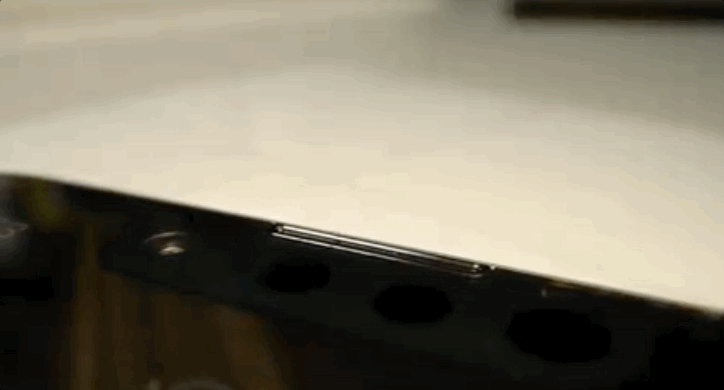For four years now, people have been liking and thanking each other in the comments section of the same YouTube video. It’s not very attractive, but that’s not the point. Journalists The Verge together with iFixit decided to check whether a YouTube video can really save a drowned smartphone.
The video, titled Sound To Remove Water From Phone Speaker (GUARANTEED), promises to remove water from the smartphone speaker. For two minutes and six seconds, you can see stained glass windows spiraling and, most importantly, hear a deep, quiet buzzing sound that makes the phone vibrate on the table. This is what is supposed to help with the water.
First, Vergecast editor-in-chief David Pierce asked phone manufacturers about the effectiveness of this method. Apple, Google, and Samsung had no more interesting answer than to look at the technical support webpage with the answer to the question «what to do if your phone gets wet». But several other experts interviewed found this idea «quite clever». The theory goes like this: the way a speaker works is that it repels air, so with enough oscillation, it can push out liquid droplets.
«The lowest tone this speaker can play at the loudest level it can play will create the most air movement that will push out water trapped inside the phone. Those YouTube videos — they’re not very deep bass. But they’re in the range that the phone can play,» says Eric Freeman, senior director of research at Bose.
The best real-world example of how this can work might be the Apple Watch, which has a special feature to eject water. Carsten Frauenheim, a repair engineer at iFixit, says that the watch works on the same principle as the video.
So iFixit conducted its own testing. To do this, they drowned an iPhone 13, Pixel 7 Pro, Pixel 3, and Nokia 7.1 — phones that they had on hand and that the owners agreed to donate for the study. Each phone was placed in an ultraviolet bath for about a minute, after which the device was removed, tapped to release some water, a video played, and left overnight. The next day, the researchers checked the phones for any residual UV dye, i.e. water.
The Pixel 7 Pro was virtually dry, the Nokia 7.1 was noticeably wet, and the iPhone 13 and Pixel 3 were somewhere in between. iFixit noted that the test is not perfect: the tightness of the phone can change over time or get damaged. Regardless of what the phone manufacturer claims, there is always a risk of getting it wet, and the effects of this can worsen over time.
As for the YouTube video — apparently it works, at least a little. During playback of the recording, the devices’ speakers were zoomed in: droplets of liquid did indeed spray out of them. but, of course, the speaker cannot rid the rest of the phone of moisture. The researchers noted that in the end, the drops were oscillating rather than being sprayed out.
So, there’s no harm in a video like this — it does make the smartphone drier than it was before. But it is also obvious that vibration does not get rid of all the liquid. So, along with playing the video, it’s better to follow the recommendations on the same manufacturer’s technical support pages.















